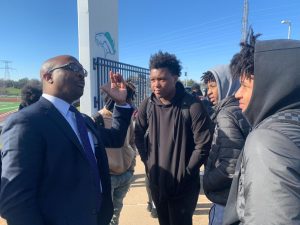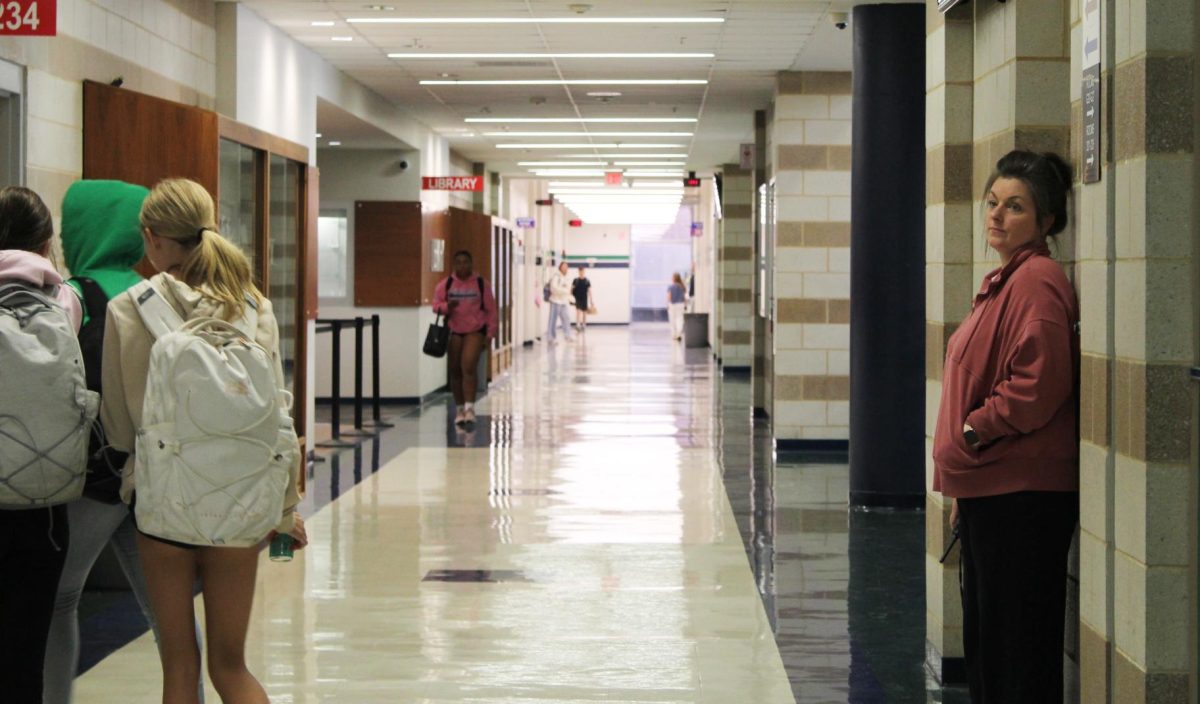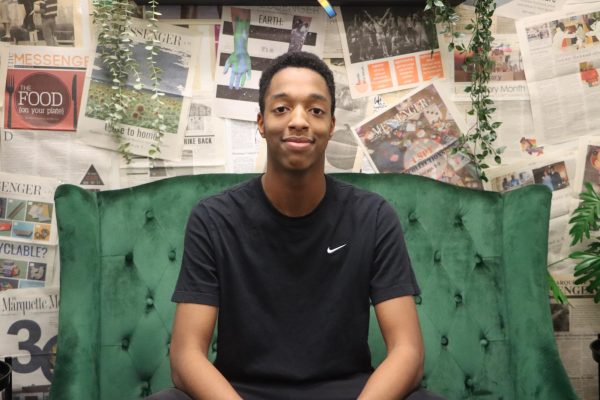A Parent Square message may have caught student and teacher’s attention yesterday, as Ty Dennis, district safety supervisor, posted information about the consequences of fake online threats.
In the message, Dennis discussed how the FBI St. Louis Field Office has seen a recent increase in online hoax threats and gave advice for those viewing such threats. He also shared contacts that can be used to report the threat, like going to tips.fbi.gov or through Courage2Report Missouri by calling 1-866-748-7047 or texting “C2R” to 738477.
This information comes two days after STL Today reported an increase in schools dealing with hoax threats in the area.
“The purpose of the email was to educate and inform Rockwood staff, students and parents that these hoax threats are taken seriously and could lead to criminal charges for a student or whomever is responsible for sending a hoax threat,” Dennis said. “We also want to reinforce to students that if they see something or hear something, they need to report it right away.”
Dennis said the increase was observed after the shooting at Apalachee High School on Wednesday, Sept. 4, where four people were killed, which may be to students finding it funny to disrupt or get out of school.
“What they need to know is that it is never funny to make a threat and there will always be consequences. Some may be far reaching and jeopardize future goals and dreams,” Dennis said.

Dennis said people downplay these threats because they don’t see the consequences.
“Most students hear about it, but don’t physically see a student being suspended for a substantial period of time or expelled. They don’t see the suspect being booked and charged by police,” Dennis said.
The MHS community has faced hoax threats in the past, with a fake bomb threat and shooting threat in the 2022-2023 school year and a fake 911 threat in April 2024. Dennis said such threats are taken seriously and are handled by building administrators, school safety officers and school resource officers and local law enforcement.
It is important to share awareness about the severity of these threats as they cause significant anxiety and require a lot of money and resources to investigate, Dennis said.
“We are all responsible for the safety of our schools and communities. We all play a role in keeping each other safe,” Dennis said.
Junior Principal Kyle Devine oversees safety and security at MHS. Devine said the administration’s biggest priority is using their resources to protect students.
“It’s why we have cameras. It’s why we have hall monitors,” Devine said.
Whenever a school is made aware of a threat, their first step is to talk to the individuals who may have directly received it, Devine said.
“Usually it will come through somebody’s email or it’s on Snapchat,” Devine said. “So we immediately start to talk to those individuals: ‘Hey, you received [a threat], who did you get it from? Was it in a group?’”
Once they receive enough information, the administration contacts Dennis and Gary Jansen, assistant superintendent, who depending on the severity will inform the cabinet. Devine said this is to ensure everyone is aware of the threat and handle it accordingly.
Devine said the district always tries to prioritize fake threats as much as they do real threats.
“We look into things, we sometimes find that maybe 10 other schools in Missouri got the same fake call,” Devine said. “We look into each and every one of those things with the same vigor and intensity until we figure out what’s going on.”
The perpetrators of these threats typically don’t realize the impact they could have, Devine said.
“It’s going out to potentially hundreds of thousands of people,” Devine said. “It’s actually elevated the issues that we’ve had.”
Lexi St. John, junior, was a freshman at MHS during the fake threats in November 2022. While St. John said students and staff did a good job at taking the threat seriously, monitoring people who spread threats remains an issue.
“I just think unfortunately in the world we live in, that’s just how people are going to be,” St. John said.
St. John said social media influences the spread of fake threats.
“It’s really easy to take things out of context and out of proportion, and it’s just so easy to blow up and a whole set of rumors sprout off of it.” St. John said.
Whenever she sees a threat online, St. John said her first instinct is to report it.
“I don’t have any sort of authority to control that,” St. John said. “Fake or not, I feel like it’s best to report it and have someone with more authority be able to shut that down.”





